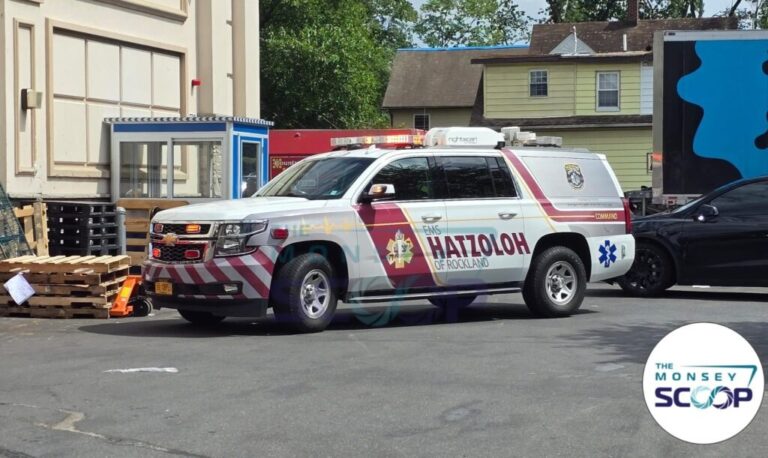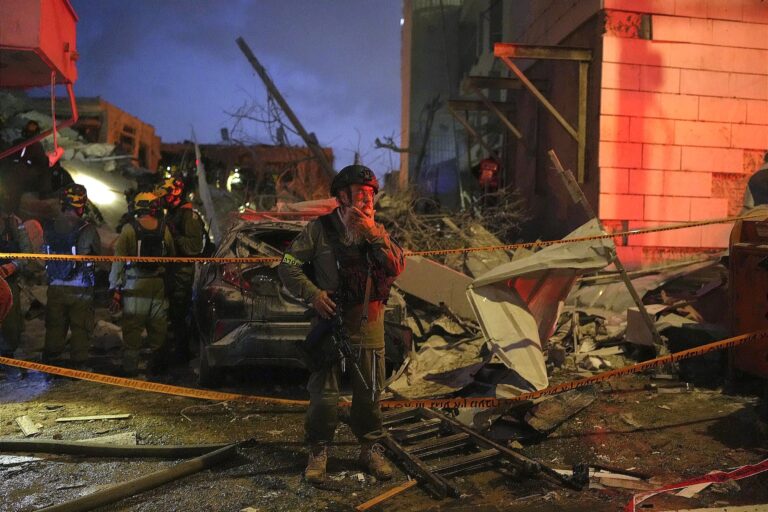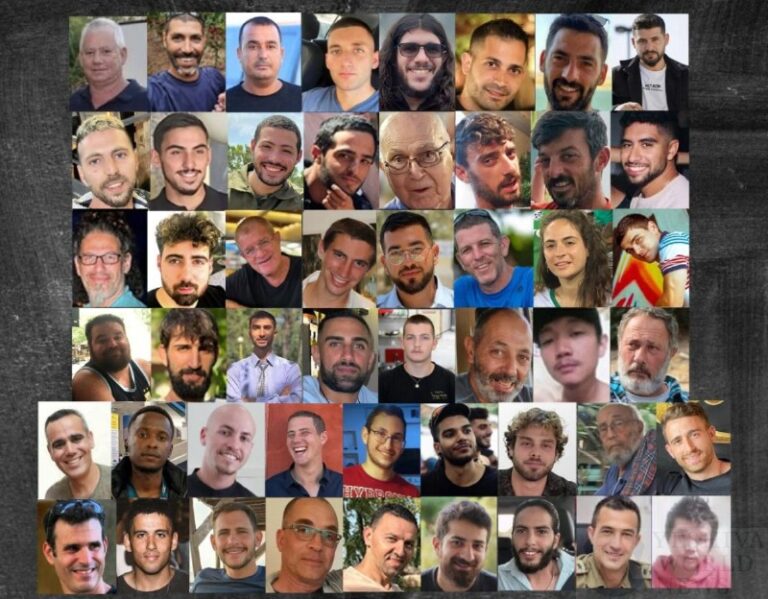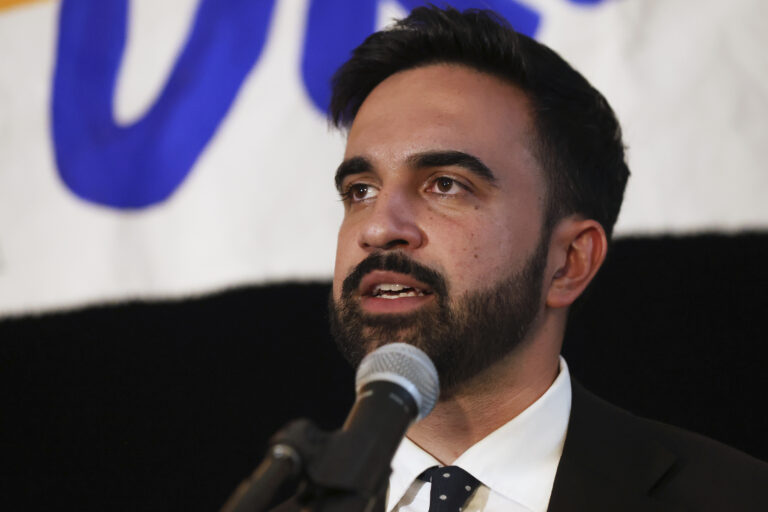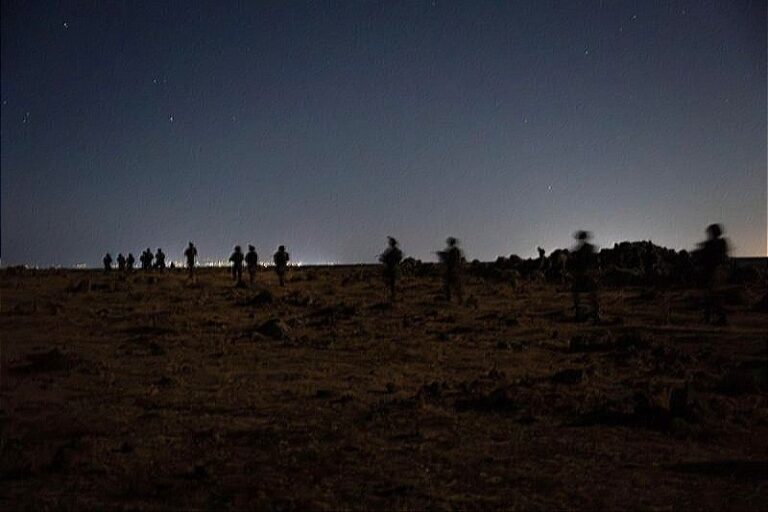 Barriers went down at federal memorials and National Park Service sites, and thousands of furloughed federal workers returned to work across the country Thursday after 16 days off the job due to the partial government shutdown.
Barriers went down at federal memorials and National Park Service sites, and thousands of furloughed federal workers returned to work across the country Thursday after 16 days off the job due to the partial government shutdown.
Among the sites reopening were Gettysburg National Park in Pennsylvania, the Smithsonian Institution’s network of popular museums, and World War II memorial in Washington, which had been the scene of protests over the shutdown.
“Just to be able to get back to serving the public is so important,” said Greg Bettwy, preparing to return to work with the Smithsonian’s human resource department. Bettwy said he watched his spending carefully during the shutdown — choosing store brands for groceries and forgoing a trip to see a Penn State football game.
For other returning workers, shutdown-related frustration turned to elation at being back on the job. Some confronted backlogs of email and paperwork, others voiced concern that a gridlocked Congress might trigger another shutdown in January.
“It’s good to be back to work, making some money,” said Jeremy Wright, 23, a Transportation Security Administration contractor. But he knows more unpaid time off is possible: “They only pushed it back to January, so I’m not holding my breath.”
In Washington, the Capitol’s visitor center planned to resume tours Thursday, the United States Holocaust Memorial Museum was reopening, and the Smithsonian — overseer of many of Washington’s major museums — proclaimed on Twitter, “We’re back from the (hashtag)shutdown!” The National Zoo was set to reopen Friday, though its popular panda cam was expected to be back online Thursday.
At the Smithsonian’s National Museum of American History, cafeteria worker Alexis Albert said it was good to be back at work. During the shutdown, she made some money by washing hair at her aunt’s salon but said her funds were running low.
“I didn’t go places where I could look and be tempted to buy,” said Albert, of Oxon Hill, Md.
Returning workers’ presence was felt on the roads and rails in the Washington region, where commutes had been less crowded over the past two weeks. The regional transit agency, Metro, reported a 20 percent drop in ridership when the shutdown began and has said it lost a few hundred thousand dollars each day.
Osman Naimyar, a taxi cab driver in Washington, said his business dropped by 15 to 20 percent during the shutdown, and he was pleased to see it end.
“More business. More money,” he said.
At the National Institute of Standards and Technology in Gaithersburg, Md., email servers were slowly grinding back into gear.
Fire protection engineer Dan Madrzykowski had been in the office for about half an hour, and about 800 emails had popped into his inbox, but that covered only back to Oct. 13. The mailbox was still slowly spitting out what were likely thousands more emails that had accumulated since the shutdown began.
Still, Madrzykowski said he was pleased to be back at work. “Nothing good was coming from keeping the government closed,” he said.
Workers began filing in well before dawn at the U.S. Geological Survey’s campus in Reston, about 20 miles outside Washington.
“Feels kind of strange,” said Kathleen Faison of Ashburn, a training specialist at the survey, as she headed into the office. “I kind of wish they would have kept us out until Monday.”
Patrice Roberts, who works for the Department of Homeland Security, said she wasn’t prepared for the emotional lows of the past 16 days.
“It was very difficult, not just financially but emotionally. It’s just frustrating having that kind of control over your life and just having it taken away from me,” said Roberts, who is expecting another shutdown in January. “I’ll be better prepared next time.”
In Pottsville, Pa., several people waited outside the Social Security office ahead of its 9 a.m. opening. Among them was James Ulrich, an unemployed 19-year-old who needed — but had been unable to get due to the shutdown — a replacement for his lost Social Security card. Without the card, he’s been unable to apply for jobs.
“Pretty frustrating, because I know I can work,” said Ulrich, who added that he needs a job while he studies for his GED. Ulrich was told Thursday that a replacement card would take another two weeks to arrive, so, in all, his job search will be delayed more than a month.
“I don’t have a really good outlook on the government,” he said.
In Ohio, visitor centers, restrooms and other areas at Cuyahoga Valley National Park were back in service. The National Museum of the U.S. Air Force, at Wright-Patterson Air Force Base near Dayton, Ohio, also was reopening on a normal basis. It had been open only one day during the shutdown.
In Florida, the closure of the Everglades National Park had put almost all Florida Bay off limits, but commercial fishermen were set to return Friday. In California, Yosemite National Park reopened Wednesday night, and Alcatraz Island was to reopen Thursday.
(AP)

